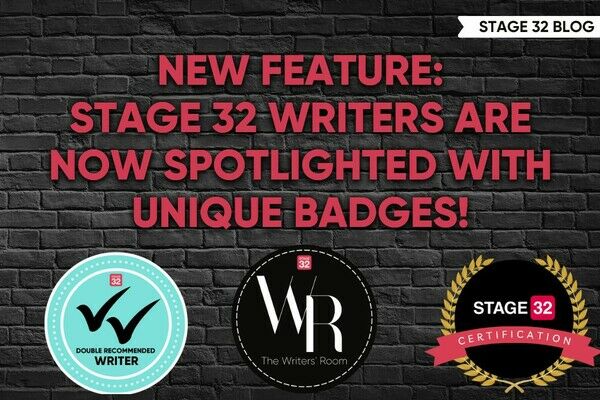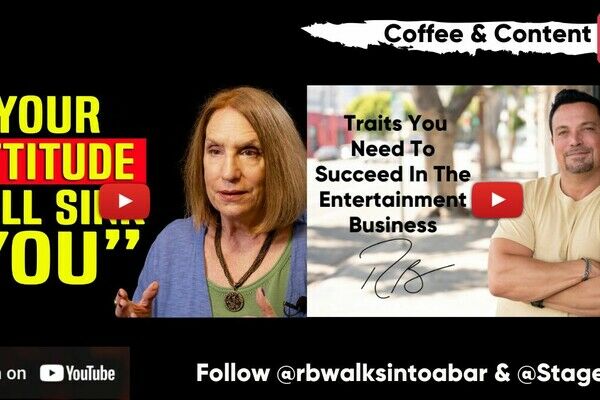4 Ways Video Games Shaped My Approach to Filmmaking & Music
When you think of great original soundtracks - the best of the best, you probably think of Final Fantasy, Zelda, Skyrim, and even Sonic. Video game music is a genre in itself. It went from 8-bit synthy beeps and bobs to orchestra epic arrangements. The genre has impacted and inspired so many, myself included. I will admit that growing up, I wasn’t into the greats like Final Fantasy or Zelda. I was more into really obscure games such as Spyro, Twisted Metal, Crazy Taxi and such.
It is games like those that really influenced me growing up and as a composer today.
I didn’t start composing until my late 20s, but the music has always been part of my life. Growing up, I can say that there are three games that really stood out to me and taught me so much about music and life.
Let’s get to it.

Lesson 1: Keep It Simple
We often try to overcompensate or do way too much in so little time. We try to be a superhero, proving to some unknown force that we can do all things. That often leads to messy, frustrating and convoluted outcomes.
One game, in particular, reminded me that I don’t have to do tons of fanfare or buy tons of the latest software that is pretty much going to sit untouched for months. I can keep it simple.
One of the stand out cues in the horror game Resident Evil is the Safe Room theme. It’s simple really, a few repeated chords under a melody and at times some synths. I remember listening to it and being both entranced and anxious as ever. Because you know on the other side you’ll meet a zombified dog or some hybrid freakishly strong killer. Growing up, the various styles changed from the ethereal pads, entrancing piano or whaling pitchy whistle in Resident Evil: 1 to the brooding strings or off-kilter banjo in Biohazard 7. However, it never lost its edge.

Lesson 2: Back to the Basics
Keep it simple by stripping to the bare minimum. Again, Resident Evil teaches us that less is more with RE:1 very simple but powerful piano cue. Let’s look...
A beautiful motif repeated for a somber flowing piece. Nothing extravagant or complicated. It is in ¾ never gearing away from the rhythm. That interval at the end of the phrase gives you that eerie anxiety-driven feeling which is paired up with the right hand’s childlike melody. The feeling of dread slowly creeps up on you, not quite sealing the deal, but still leaving you on edge.
That is how you take the audience on a journey by keeping it simple and going back to basics. There are no frills, string runs or brass stabs just a simple piano melody that carries so much weight.
How I benefited from these lessons:
I primarily make dark atmospheric music and every time I go back to the fundamentals that listening to Resident Evil taught me. When designing sound and scoring, especially horror, it isn’t about the jump scares or the in your face cues. Less is more. Make sure you leave the audience with room to breathe. Make them feel a sense of security at first and then bring in bits and pieces of emotional themes or design elements that trickle in and make them uneasy. Let them journey through all of the emotions behind being scared. Because it isn’t just monsters popping out, it’s the thought of the unknown. The mind plays tricks on you and that is what we, as composers, need to take advantage of.
I would like to think that the best horror cues are the ones that enhance the audience's experiences and slowly takes them through a journey.

Lesson 3: Put Everything on the Table
If you are not familiar with Evergrace, I understand. It was a frustrating game that was first slated to release on PS1 but ultimately came out on the PS2 console. Because of this, the graphics were a bit dated but the music is what really stood out, especially for a weird kid from Baltimore trying to find their place.
My music is very eclectic, much like myself. I love fusing various genres together and going outside of this box we have created for ourselves. I remember just starting out, making hip hop beats in my dorm room, on the brink of a mental breakdown writing my broken thoughts on the page. It wasn’t the best, my songs weren’t professionally recorded and I used outdated soundfonts and libraries. However, I got it done. I put the pen to the pad and I spoke my truth. That is something Evergrace gave me - the courage to put out my weird trippy music.
Lesson 4: Passion is Key, So Take a Chance
I encourage you to listen to Sunbeams track from Evergrace. I would love to hear your opinions.
No, it isn’t your typical soundtrack - it’s all over the place and blends a lot of sounds and genres. You might hate it you might be indifferent, but actually listen to it. What is it teaching you? Yes, it might be “crap” by today’s standard but man you can not deny the passion behind it.
The composer, Kota Hoshino, created a blend of emotions and experimented to create these amazing tracks. What Hoshino taught me is that it is okay to be different and weird and only one in the room wearing mismatched socks. You don’t have to always be so formulaic, in music and in life.

As artists, we often fall into a hole of self-doubt, of comparing ourselves to the next one or thinking that we have to be this perfect person. We struggle with putting out music because we think it has to be this grand masterpiece but in reality, it really doesn’t. Of course, there are exceptions especially with paid work and portfolios, but in general, we should realize that it’s totally okay to take a risk and screw those theory rules we were taught. It’s okay to let it all out because if you seclude yourself and worry too much about making it right, it really will take a toll on your mental health. Obviously, we should care about what we put out, but every now and then it is perfectly okay to be imperfect.
It’s okay to do those parallel fifths and use those dusty synths and compose that jazz + folk crossover track you’ve been thinking of doing.
The world is full of people who need to hear your voice. Be happy with yourself. The structure isn’t everything. You can be you and be quirky and be a mess and STILL be loved and NOTICED and HEARD.
Every single time I listen to Evergrace soundtrack it brings me so much joy and really keeps me grounded. It’s more than just some weird sounds thrown together - it’s music. It’s joy. It’s freedom.
And in 2020, that is what I am focusing on. Being okay with being different. Showing my true colours and speaking my truth. I hope that you all will too.
About Shanika Freeman

I am a film composer, sound designer, and screenwriter from Baltimore, Maryland. I have scored animated, feature and short films along with various games. My sound design work was featured in theatre company Rapid Lemon Production’s “Variations of Myth. Recently, I have worked with animator and producer, Dan Ekis on his science fiction film GREY ISLAND as well as director and writer, Harry Owens on IN MADNESS which was the official selection of the Pan Afro Film Festival and previewed at the Los Angeles International Film Festival. Most recently, I was featured in the best seller "IT'S SIMPLY FILMMAKING" by author CALI GILBERT, which showcases women in film and tv.
My goal is to impact and inspire people from all walks of life. I hope to connect with producers, directors and other creatives.
More Stage 32 Blogs by Shanika:
I Composed Music for 30 Days Straight: This Is What I Learned
How Working as a Cook Prepared Me for Meetings with Producers
How Stage 32 Helped Me Find Shelter When I Lost My Home
Let's hear your thoughts in the comments below!
Got an idea for a post? Or have you collaborated with Stage 32 members to create a project? We'd love to hear about it. Email Taylor at taylor@stage32.com and let's get your post published!
Please help support your fellow Stage 32ers by sharing this on social. Check out the social media buttons at the top to share on Instagram @stage32online Twitter @stage32 Facebook @stage32 and LinkedIn @stage-32
| The Ultimate Guide to Set Dressing |
| LIVE from Berlinale: Film Markets vs. Film Festivals - Distributing Your Film Worldwide |
Search Stage 32 Blog
There are now 3678 blog posts for you to enjoy. Search them all by tags below.
Acting, Advice, Cinematography, Coffee & Content, Composing, Contests, Distribution, Featured, Filmmaking, Financing, Inspirational, Networking, Producing, Screenwriting, Success Stories, Tips, Trending,Relevant Tags
Recommended Articles

Mapping Out a Multi-Season Story Part 2: Where Do You Get Ideas For This Much Story?

Happy Thanksgiving From Stage 32: We Are Thankful For YOU

Celebrate the November 2024 Stage 32 Community’s Successes

5 Tips For Writing Your Life Story

6 Steps To A Successful Writing Partnership

New Feature: Stage 32 Writers Are Now Spotlighted With Unique Badges!

Time To Breakout Of Creative Blocks

Why Filmmakers Must Study Birdman: Lessons in Screenwriting, Dark Humor, and Storytelling

Why Write About Your Experiences Through Fantastical Lenses?






